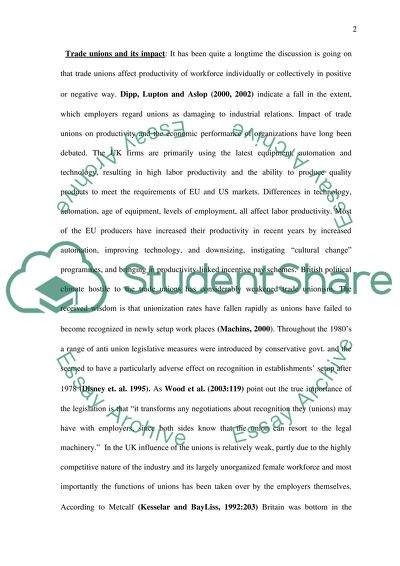Cite this document
(Trends of Trade Unions Term Paper Example | Topics and Well Written Essays - 2527 words, n.d.)
Trends of Trade Unions Term Paper Example | Topics and Well Written Essays - 2527 words. Retrieved from https://studentshare.org/politics/1546045-employee-relations
Trends of Trade Unions Term Paper Example | Topics and Well Written Essays - 2527 words. Retrieved from https://studentshare.org/politics/1546045-employee-relations
(Trends of Trade Unions Term Paper Example | Topics and Well Written Essays - 2527 Words)
Trends of Trade Unions Term Paper Example | Topics and Well Written Essays - 2527 Words. https://studentshare.org/politics/1546045-employee-relations.
Trends of Trade Unions Term Paper Example | Topics and Well Written Essays - 2527 Words. https://studentshare.org/politics/1546045-employee-relations.
“Trends of Trade Unions Term Paper Example | Topics and Well Written Essays - 2527 Words”, n.d. https://studentshare.org/politics/1546045-employee-relations.


